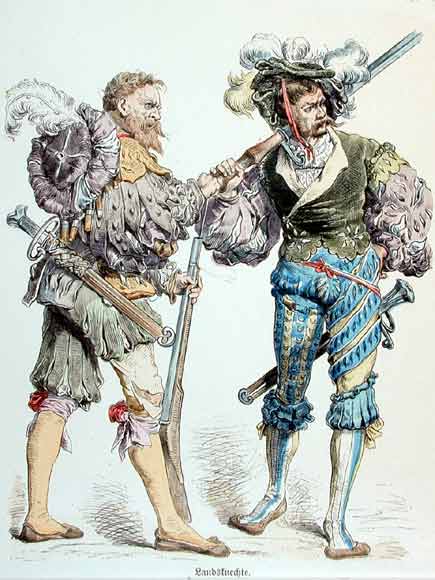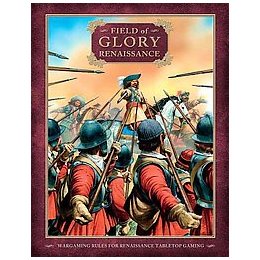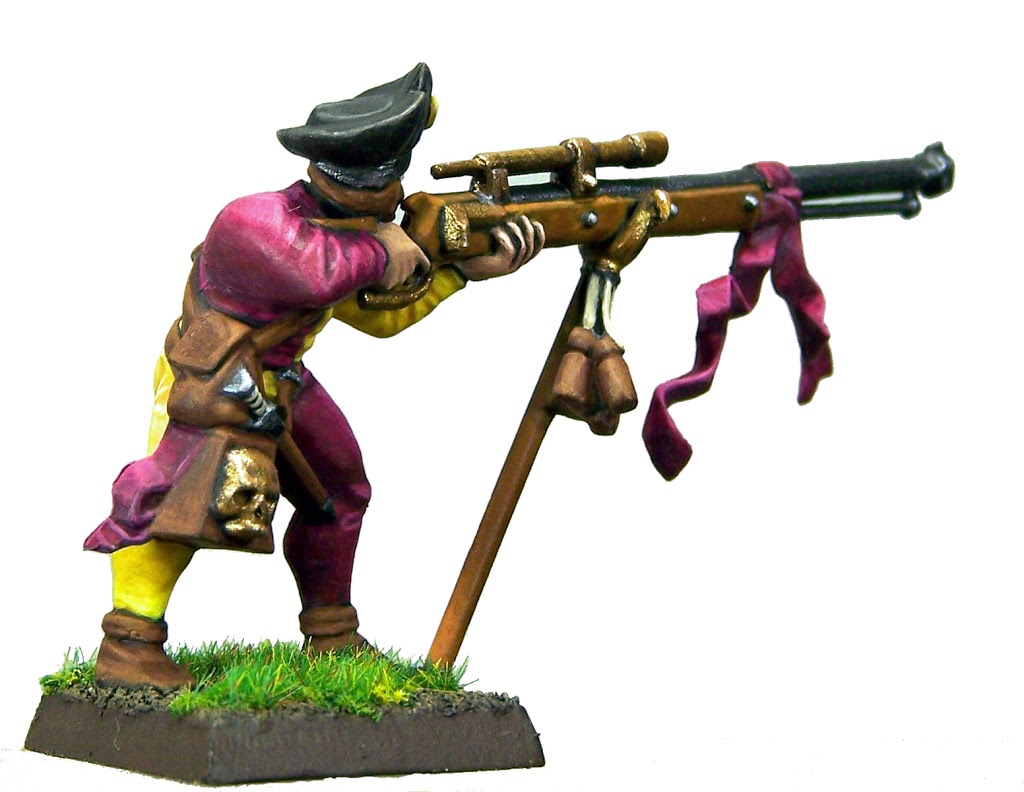Review: Field of Glory Renaissance
4 Minute Read
Jan 1 2011

Advertisement
The Renaissance was an exciting period of change for the entire world. Art, philosophy, and science all took great leaps throughout this period. Even the art of war saw major changes. For the wargamer this can be an interesting time to play games in, and Slitherine Publishing has created a great rule set.
When I got Field of Glory Renaissance I was pretty excited because I enjoy the Renaissance. As I started to read these rules visions of the general muster of England in the movie Elizabeth: The Golden Age flashed to my mind, and I began to wonder what would have happened had providence not smashed the Spanish Armada into the ocean.
Field of Glory Renaissance is on my list of top rulebooks ever written. Surprisingly I have only a couple of complaints. First, in the English language a single game cube is called a die not a dice. The annoyance of this little grammatical error made certain sections of the rules difficult, for me, to read. The other item I would have liked to see would have been a sample battle fought with their sample armies in the book. A sample battle would have helped to cement many of their concepts they were presenting in this rulebook.
As you see my difficulties with this book are pretty minor so let’s dive into why this is a great rulebook. For starters, the organization of this book is top notch. Each section is color coded on the exterior page edge on the right hand page so it makes flipping to that section easy. Furthermore, the Table of Contents has the color code along with the page number for easy referencing. Along with the color coding on the right hand page, the color coded area of the page has all of the major headings of the chapter along with major headings that are on the pages you are looking at highlighted. This is an absolutely fantastic way to organize rules.
The rules organization doesn’t stop there each section clearly deals with that rules section only, and if rules in other sections are utilized they are referenced using bold italics. This is the best part of this rulebook because there is no chasing down relevant rules throughout a rulebook. What makes the organization of this rulebook especially interesting is each section builds on the last. This makes reading it cover to cover fairly easy and by the time you’ve read it you’ll have a basic understanding of how the game works.
 |
|
| German Landsknecht a mercenary soldier of the period |
As for the game it is a fairly simple affair that will appeal to a gamer but it has complexities that will please a recreationist. The game is turn based but both players get actions in the turn. The player whose turn it is considered the active player, and the active player is allowed actions in all phases of the turn while the inactive player gets actions in the two fighting phases, the shooting phase and the Joint Action Phase, which is an end phase for the turn.
Charges and Movement are fairly straight forward, and thanks to unlimited pre-measuring there are no mysteries as to if you’re able to charge. The movement rules are based on troop type, and move distances can also affected by armor.
The Combat Rules are elegant. Each side of a combat is trying to rack up what the rules call Points of Advantage. These Points of Advantage will determine what the player will need to roll on a d6 to cause a wound. Those wounds then translate into modifiers for morale, or as this rule set calls it “cohesion,” and wounds also act as modifiers for tests to see if a base dies/removed from table, or as this rule set calls it “death rolls.” After tests are taken wounds are removed. What is really interesting about the combat rules to me is there are no real auto win units. There is some predictability to unit performance but depending on how a player collects Points of Advantage a unit may perform better or worse.
Some incredible possibilities exist in these rules. First they give you their point cost formulas so you can design armies not covered by their companion army lists. This means you don’t need to wait until they release army lists for Japan to game in the Sengoku period. You can make them yourself. Second they have rules and suggestions to incorporate models not based for their system. (It is important to note that the rules for basing are pretty important in this system, and that base width is more important than base depth.) This means that those of you who play the Empire in Warhammer Fantasy Battles already have a Holy Roman Empire army for this game.
From my read through it gives me the distinct feeling that I will be fighting my opponent and not a bag of rules my opponent has brought to the table. From what the people at the historical game store in town are saying this is a great game. I look forward to playing it soon with them.
Floor is yours. Tell us about your experiences with the Field of Glory system. Next time I’ll look at “Trade and Treachery” which is a companion book that contains armies from 1494 – 1610.
Author: Guest Columnist
Advertisement






